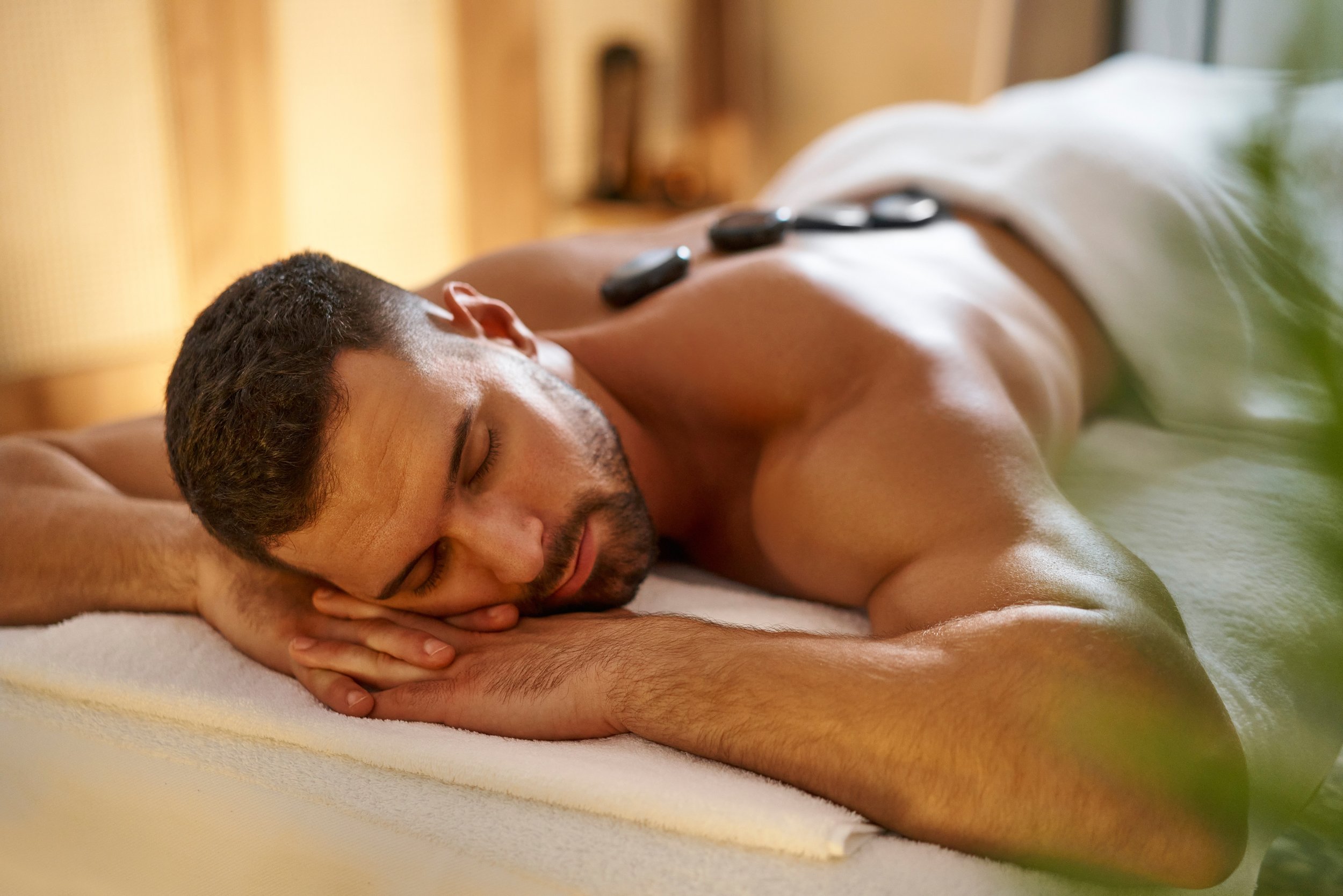
In the world of natural medicine and alternative recovery practices, reflexology stands apart as a significantly popular and fascinating strategy. This old method, rooted in the idea that certain points on the ears, feet, and hands represent different organs and systems of the body, has actually been getting grip in the Western world as a complementary treatment for various health issues.
Understanding the Foundations of Reflexology Reflexology is based upon the concept that there are response locations in the feet and hands that are connected to all components of the body. Professionals believe that applying stress to these details points can advertise health and wellness in the equivalent organs through power pathways. While the exact mechanisms are not totally recognized by modern science, many individuals report significant gain from reflexology sessions.
The concept behind reflexology suggests that the body is divided right into 10 upright areas, each representing fingers and toes. By applying stress to details points within these zones, reflexologists aim to launch obstructed energy and promote healing.
The Historical Journey of Reflexology The beginnings of reflexology can be mapped back thousands of years. Contemporary reflexology as we understand it today was developed in the very early 20th century by Dr. William Fitzgerald and later on improved by Eunice Ingham, usually referred to as the “mom of reflexology.”
The Reflexology Process: What to Expect A typical reflexology session begins with an examination where the specialist reviews the customer’s health background and current concerns. The customer then removes their footwear and socks and sits pleasantly or relaxes. Using their hands, fingers, and sometimes small devices, the reflexologist applies varying levels of stress to specific points on the hands, feet, or ears.
The session generally lasts between 30 to 60 minutes, throughout which clients often report feeling deeply loosened up. Some people experience sensations in other components of their body as different points are boosted, which reflexologists take energy relocating with the body.
Possible Benefits of Reflexology While scientific study on reflexology is ongoing, many individuals report a range of gain from regular sessions. These may include:
Decreased stress and anxiety and stress and anxiety Improved circulation Enhanced sleep high quality Relief from migraines and migraine headaches Alleviation of digestive system problems Boosted energy degrees Support for hormonal balance It’s important to note that reflexology is typically considered a corresponding therapy and must not replace traditional clinical treatments. Many find it an important enhancement to their general wellness routine.
Reflexology in Modern Healthcare As passion in all natural wellness techniques expands, reflexology is finding its location in different health care setups. Some medical facilities now use reflexology as component of their integrative medication programs, especially for individuals managing chronic discomfort, cancer-related signs, or stress and anxiety. Many medical spas and health centers additionally include reflexology in their service offerings, recognizing its possibility for tension relief and relaxation.
Study released in the Journal of Traditional and Complementary Medicine recommends that reflexology may work in decreasing pain and enhancing leisure, making it an encouraging corresponding therapy for numerous problems.
Do It Yourself Reflexology: Self-Care in your home While expert sessions can be useful, some basic reflexology strategies can be exercised in the house. Basic foot rolls utilizing a tennis sphere or reflexology devices can help stimulate factors on the feet. Lots of people find this an enjoyable method to unwind at the end of the day or to relieve foot pain from representing extended periods.
The Future of Reflexology As more study is performed, reflexology might get further recognition in the clinical community. Current researches are exploring its prospective applications in discomfort monitoring, stress and anxiety reduction, and even as a supportive treatment for patients undertaking cancer cells treatment. The non-invasive nature of reflexology, combined with its possible to promote leisure and overall health, makes it an appealing alternative for those looking for all-natural methods to health care.
Whether considered as 錦糸町 or a science-based treatment form, reflexology uses an one-of-a-kind technique to understanding and sustaining the body’s natural healing procedures. As we remain to explore the intricate links between various components of our body, techniques like reflexology advise us of the power of touch and the capacity for recovery that lies within our own hands and feet.
Comprehending the Foundations of Reflexology Reflexology is based on the concept that there are reflex areas in the feet and hands that are connected to all parts of the body. Modern reflexology as we recognize it today was developed in the very early 20th century by Dr. William Fitzgerald and later fine-tuned by Eunice Ingham, commonly referred to as the “mother of reflexology.”
The Reflexology Process: What to Expect A normal reflexology session begins with an appointment where the professional talks about the client’s health and wellness history and existing concerns. Reflexology in Modern Healthcare As passion in alternative health and wellness techniques grows, reflexology is finding its place in various medical care settings. DIY Reflexology: Self-Care at Home While professional sessions can be valuable, some standard reflexology methods can be exercised at home.